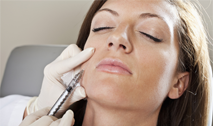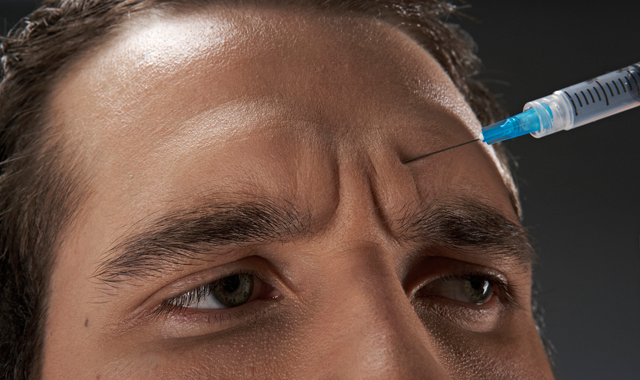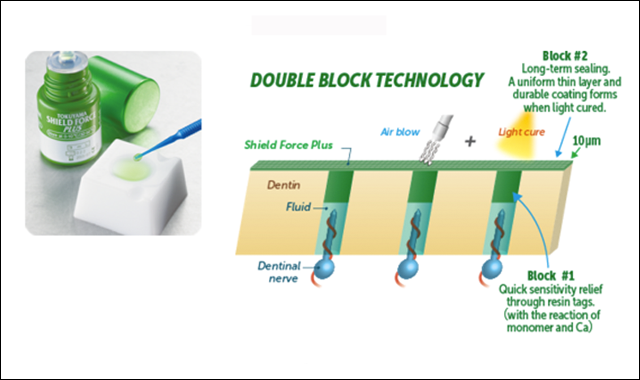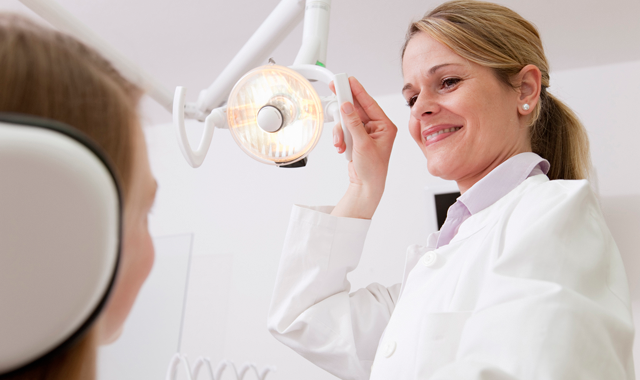4 things to remember about facial injectables
The Nevada State Board of Dental Examiners confirmed at its November meeting that dentists and dental hygienists in the state of Nevada who possess the necessary skills and training can now administer botulinum toxin (BOTOX®/Xeomin®) and dermal fillers.
The Nevada State Board of Dental Examiners confirmed at its November meeting that dentists and dental hygienists in the state of Nevada who possess the necessary skills and training can now administer botulinum toxin (BOTOX®/Xeomin®) and dermal fillers.

Nevada dental hygienists may only administer facial injectables to patients under the direct supervision of a Nevada licensed dentist who has the same skills and training. It is still unclear what exactly the required training will be for hygienists to administer BOTOX, but the American Academy of Facial Esthetics (AAFE) is working with the Nevada dental board to create a proficient training curriculum.
I recently posted this announcement on my Facebook page and was quite surprised with the backlash it seemed to get from hygienists.
Continue to the next page to view a slideshow of my responses to some of the most common concerns.




1. Facial injectables are not just for appearance.
First, let’s be clear that administering BOTOX is not just cosmetic, for vanity or out of hygienists’ scope of practice. For patients who suffer with TMJ issues (TMD), severe jaw pain and bruxism, this is a therapeutic procedure that could be a game-changer. Because of this, administering facial injectables does not devalue what hygienists do; it enhances it. Put yourself in these patients’ shoes: waking up every day with jaw pain, headaches and pain and jaw locking when eating. Our neck and head anatomy knowledge is arguably the same, if not more in depth, than nurses or estheticians who adminster injectables safely. Please look past the word “BOTOX” and see more than just vanity.
Related reading: Nevada becomes first state to allow dental hygienists to use facial injectables



2. Facial injectables could increase employment opportunities.
Currently, the law states that hygienists will be able to administer injectables under direct supervision of a dentist with the same training. However, what if this law was expanded for hygienists to work under direct supervision of a dermatologist, cosmetic surgeon, or other qualified doctor? If dermatologists, for example, could employ dental hygienists to administer injectables, just as they employ nurses, this could create so many more employment opportunities. There are many hygienists looking for work and even more wishing they had a way to supplement their current income beyond working in a dental office. Expanding our scope of practice is how opening the door for more opportunities happens.
Advertisement



Reduce tooth sensitivity and pain in your patients with Tokuyama's innovative Shield Force® Plus light-cured desensitizer. Offer them both instant and long-term relief with its exclusive Double-Block Technology. Click here to learn more.



3. Nevada paves the way for other states.
“But we can’t even do local anesthesia in my state …” More than one person mentioned something similar following the announcement. It’s important to remember dental hygiene is regulated by each state. Nevada hygienists came together for this initiative, fought for it and succeeded. Look at this as a vision for what is possible, and let this encourage you to take action! You may have heard me say it before, but I’ll say it again: Instead of using your energy on getting mad or disappointed and focusing on the negatives, focus on coming together and finding solutions to make changes in your state’s allowable duties. Sitting on the sidelines complaining serves nobody.
More from Kara RDH: 4 things dental hygienists don’t like to hear



4. Facial injectables do not increase liability.
Regarding those concerned with malpractice insurance, lawsuits and liability, here’s a comparison: When you give an IA injection, you penetrate 20-25 mm into a patient's tissue. That’s much more invasive than with .03-2 mm (of course, deeper for TMJ/masseter injections) when injecting a filler. In regards to possible patient reactions and liability, here's another comparison: Every time you scale, you stir up bacteria that can enter a patient’s bloodstream and lead to bacteremia, endocarditis, etc. What about that liability? In allowing injectables, the American Academy of Facial Esthetics and Nevada’s dental board have deemed this no more liability than is already being taken on and have certainly outweighed the risk vs. benefit. Again, nurses and estheticians already administer injectables; there is no more liability for hygienists than there is for them.


Conclusion
In closing, our training in head and neck anatomy is being recognized, and that, in itself, is a win. Having our scope of practice expanded in any way should be celebrated! It seems hygienists complain their duties are not being expanded to their liking and are even encroached upon, like seen in the recent passing bill in Illinois of assistants being allowed to scale (supragingival on pedo patients). But when expansion happens, hygienists still complain. If you don’t want to add injectables to your list of certifications and don’t agree with doing it clinically, then simply don’t. But please keep an open mind for those who do see the benefit.